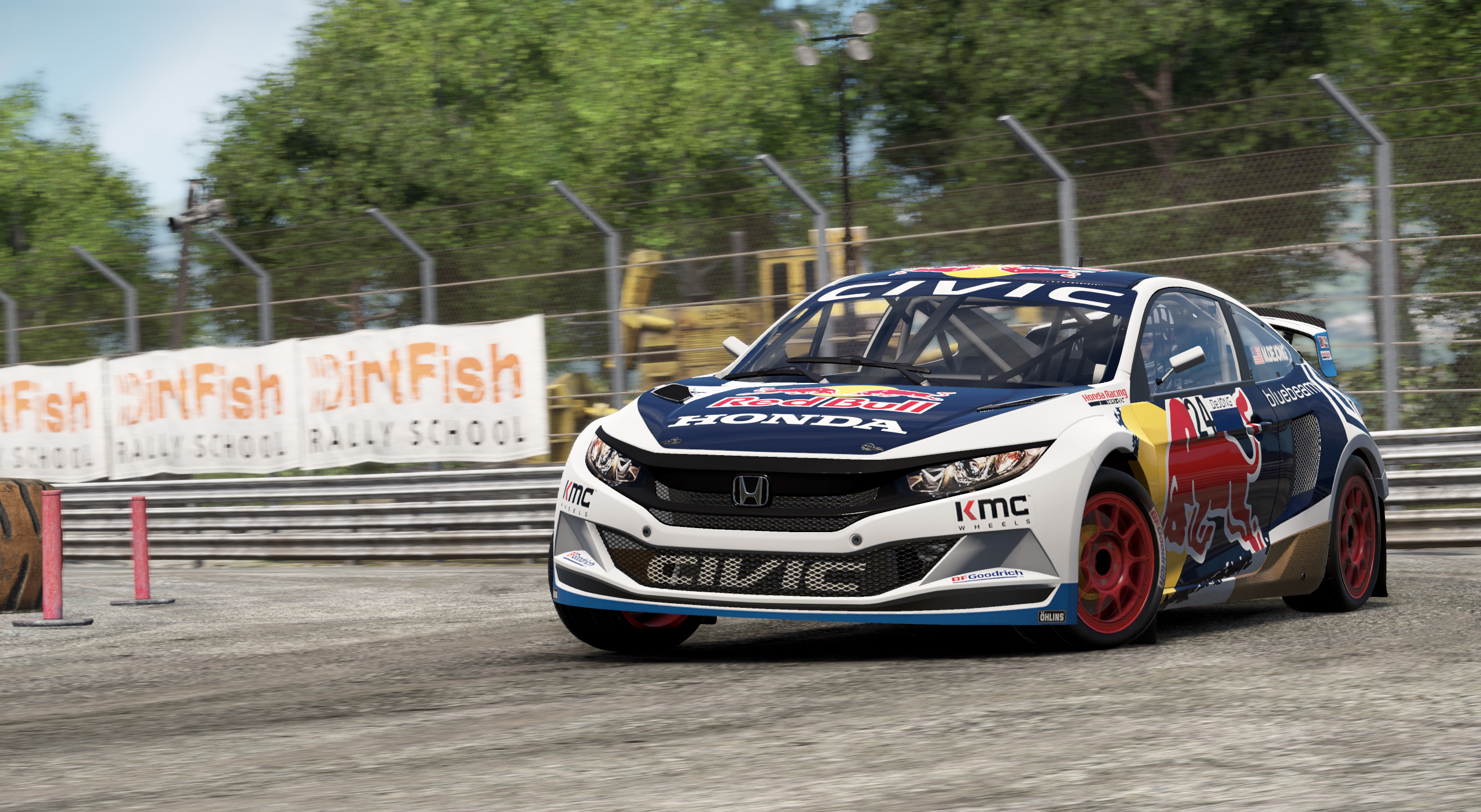Hands-On With 'Project Cars 2' In VR
Last week, I got to drive an Acura NSX GT3! Well, not really, but for a fleeting moment I felt like I did. What really happened was I played a preview demo of Project Cars 2. It was in VR, but with a special twist.
Slightly Mad Studios provided CXC Simulations an early build of Project Cars 2 for a hands-on preview event, which took place at CXC’s headquarters in Los Angeles. CXC had several of its Motion Pro II simulators set up, and to call these systems mere gaming seats would be a disservice. The Motion Pro II uses hydraulics to simulate almost every sensation you would experience while driving a performance car, including the revving of your engine, the types of terrain under your tires (whether it be tar or dirt), and collisions with walls and other cars. The response you receive from roughing up against other vehicles or colliding with a wall at high speed is so aggressive that the Motion Pro II includes a seat belt so that you won’t be forcibly ejected. The only things missing were the g-forces and the pain.
Typically, the Motion Pro II is used in conjunction with a triple monitor setup, but the folks at CXC had us use Oculus Rift headsets. Sure enough, my mind and body felt like I was actually driving a car and not just playing a game. For example, braking at high speeds required me to stomp on the brakes aggressively because the Motion Pro II's braking system fired back with a ton of force. Crashing into a wall made me wince in anticipation, and the shaking seat augmented this sensation even further. The extent of my real-world racing experience involves driving go-karts, so within the VR experience, I crashed...often.
There were several Motion Pro II stations that didn't have Rift headsets, and although playing with a triple monitor setup was a sight to behold, the immersion wasn't quite the same.
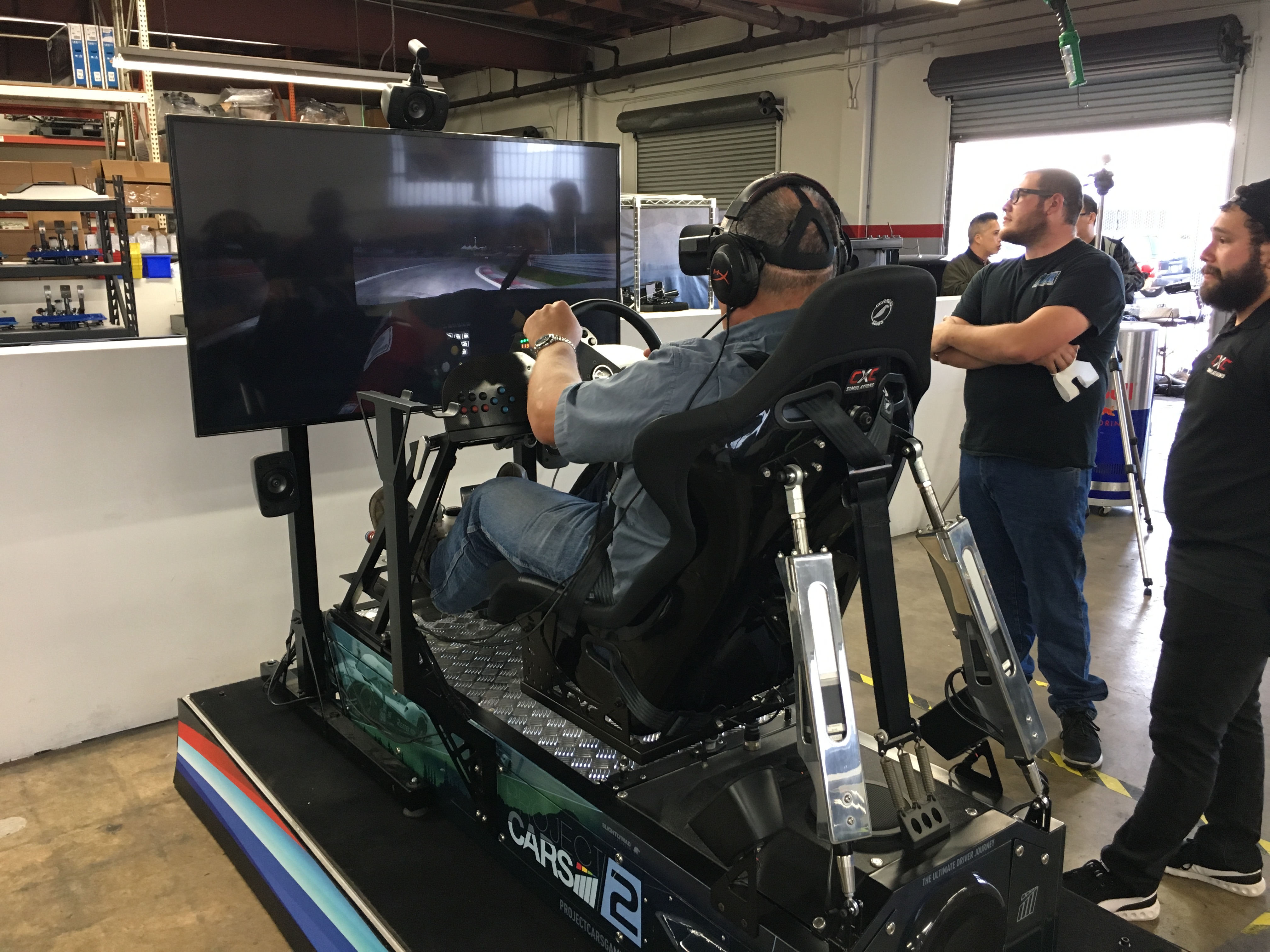
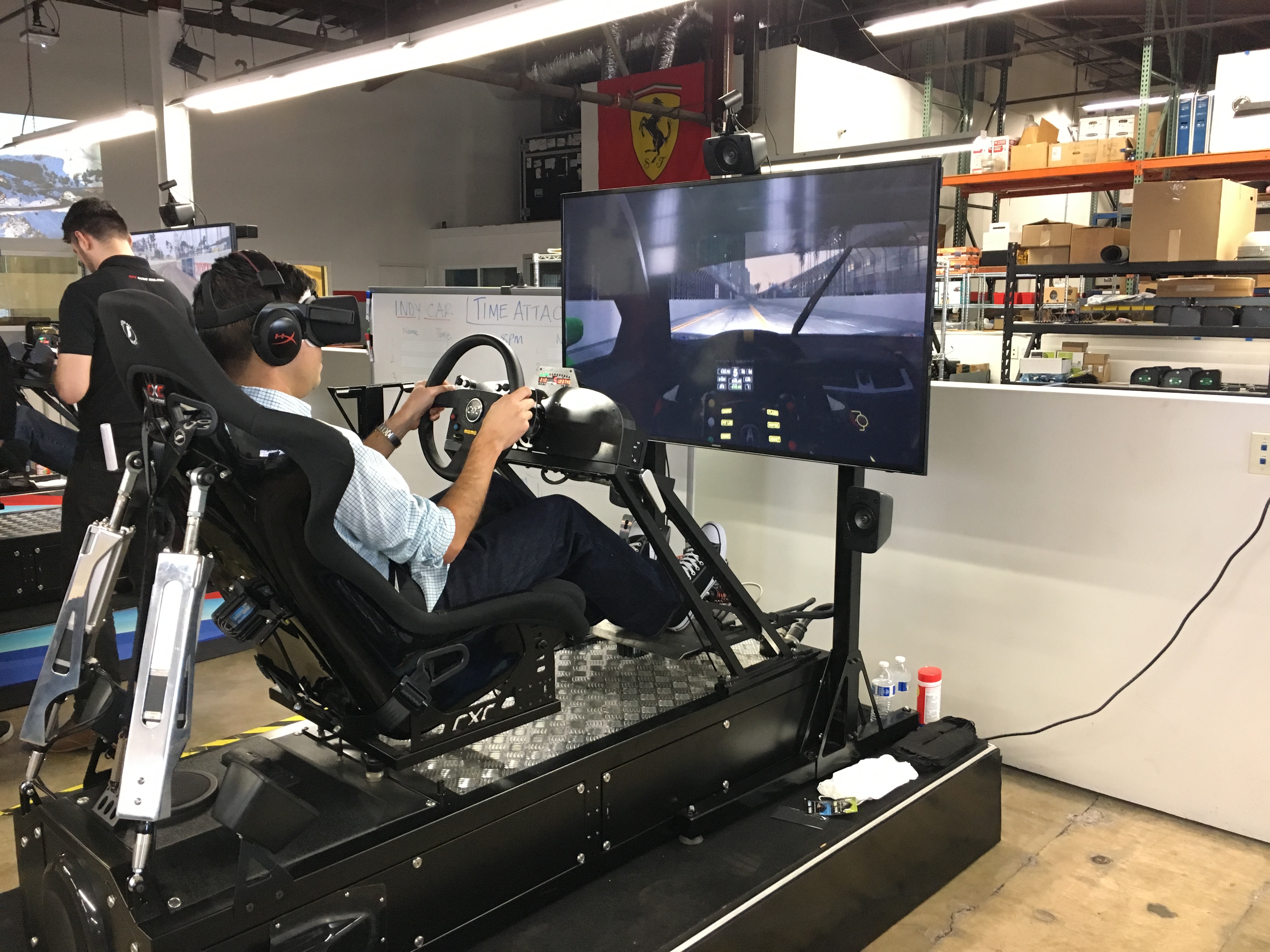
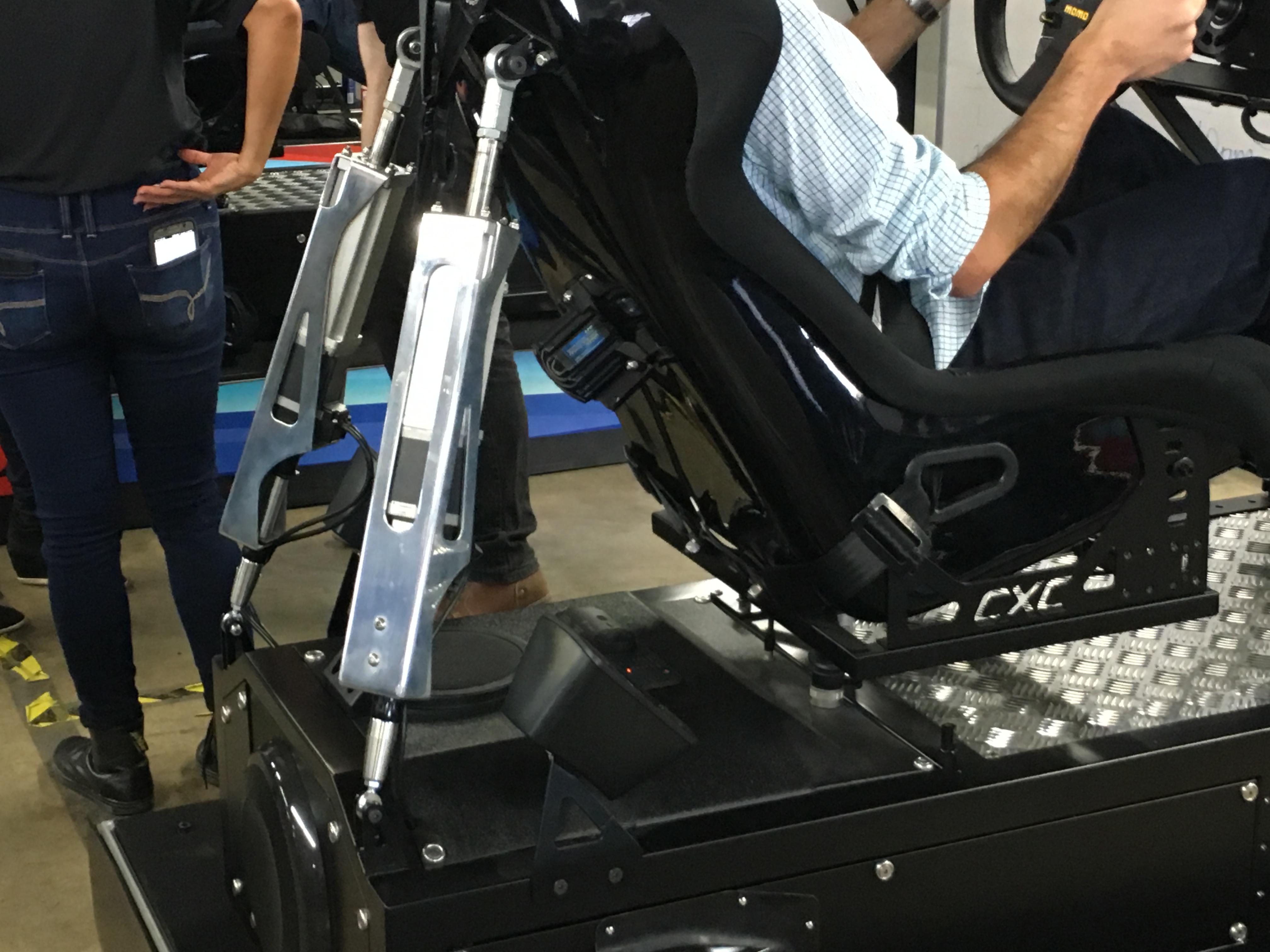
Several cars were represented on the Motion Pro IIs: an Acura NSX GT3, a Dallara Honda IndyCar, a Honda Civic Coupe, and an Olsbergs MSE Supercar Lites, the last of which will join the Project Cars 2 roster along with several other rally cars. Each of the cars provided a unique experience, even if the tracks were identical.
For example, the GT3 accelerated quickly, and slowing down to turn around corners left my brake leg sore later that evening. By contrast, the Honda Civic didn't feel as aggressive, but it still felt like a tuned street car with abundant horsepower behind it. The IndyCar felt like a silent beast in comparison to the GT3, and turning around corners was much easier. Finally, the rally car took the most getting used to because the track had multiple paths, numerous hills, and changes in terrain.
After racing with each car, I had a brief moment to speak with Rod Chong from Slightly Mad Studios and ask him some questions.
Get Tom's Hardware's best news and in-depth reviews, straight to your inbox.
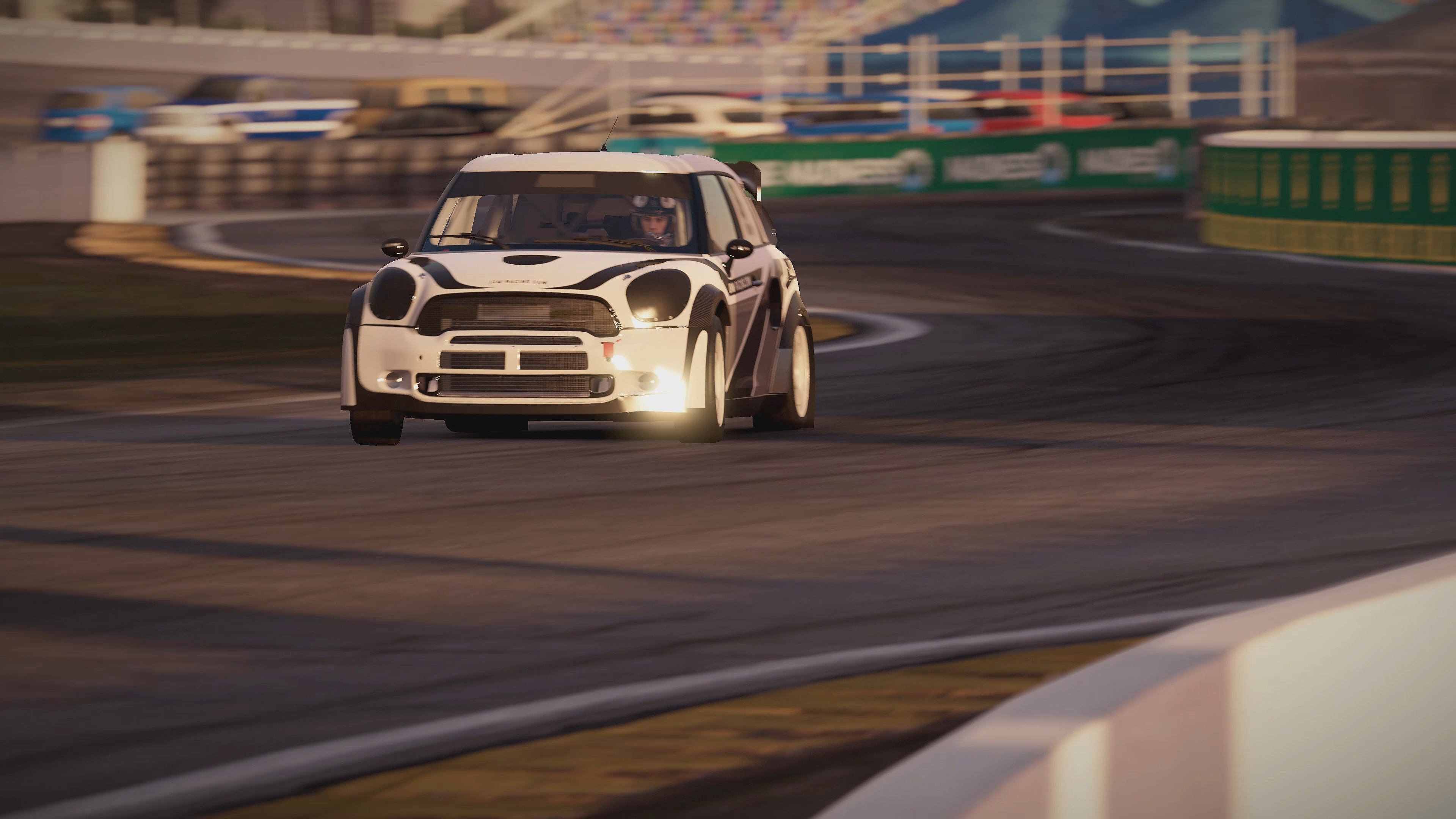

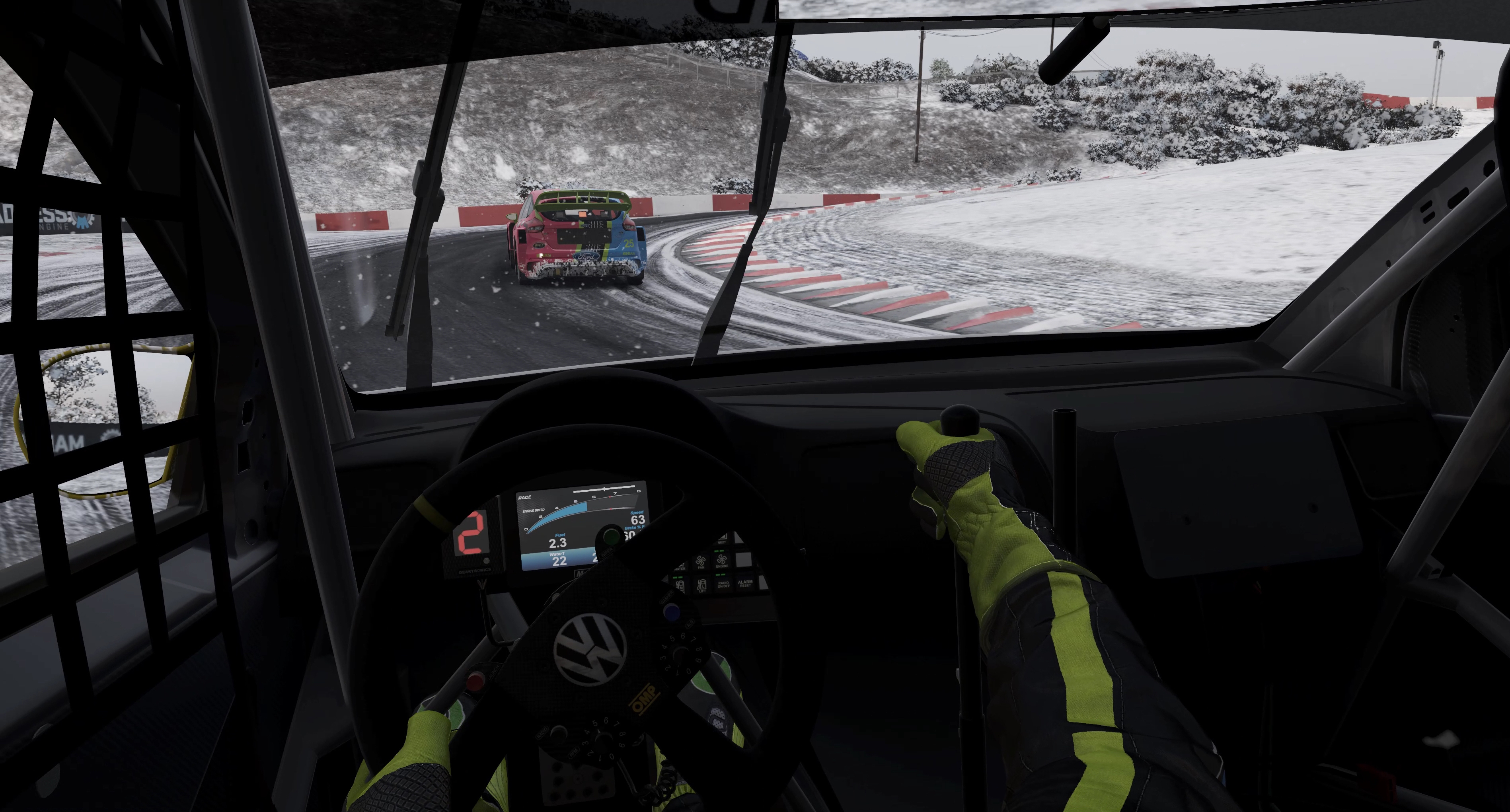
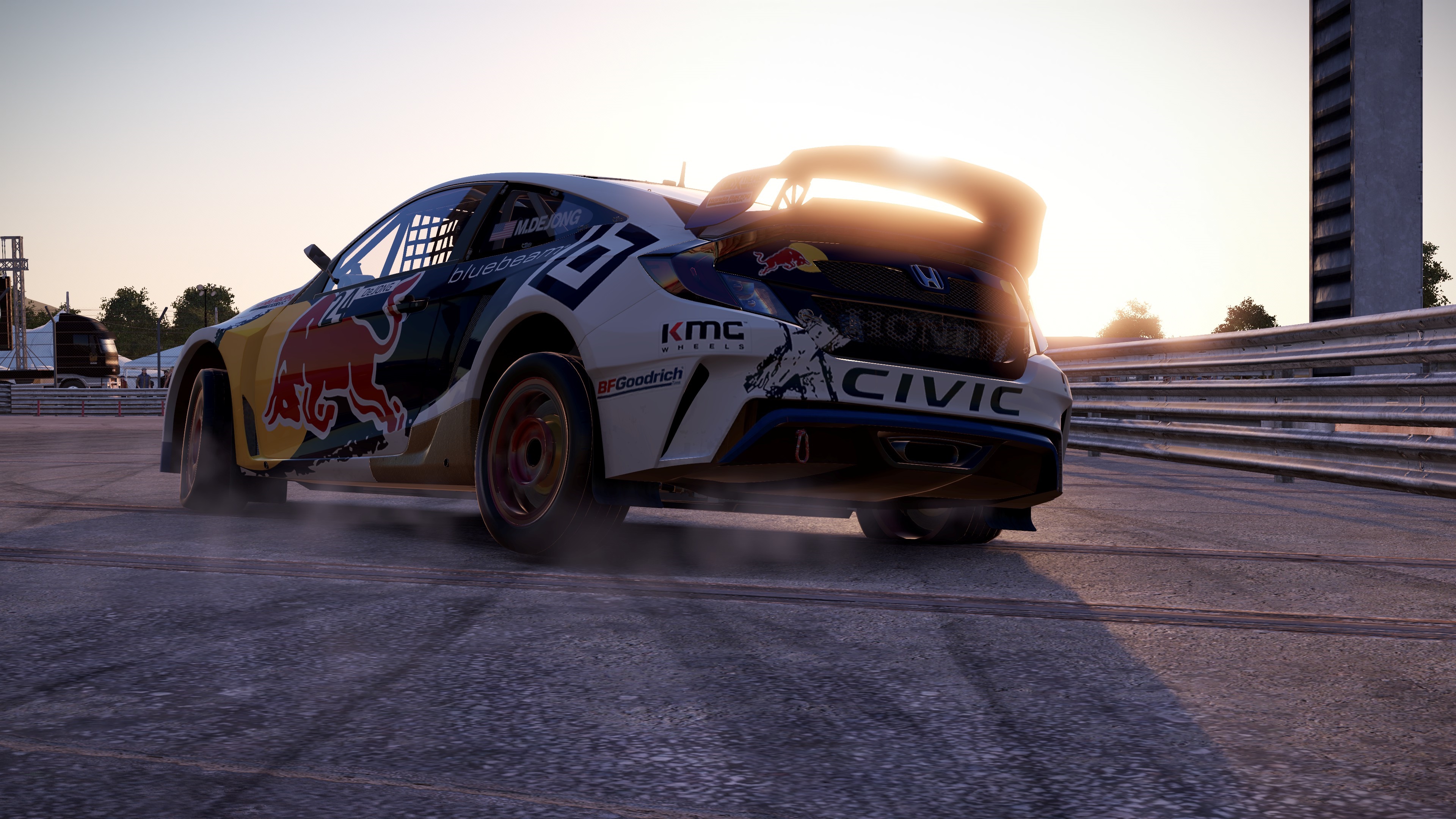
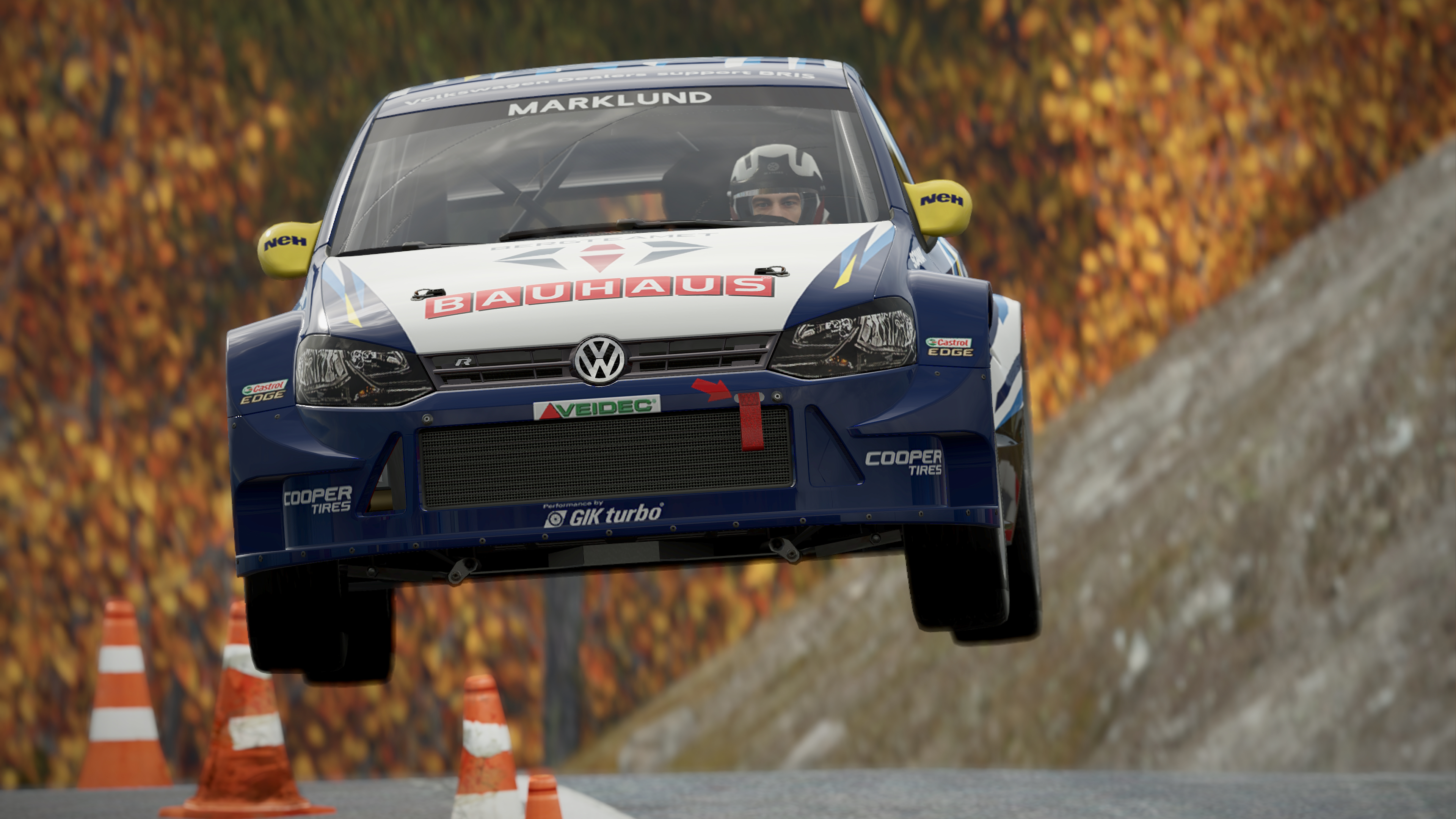
Tom's Hardware: Back when Project Cars was first developed, VR wasn’t mainstream yet, but it's come a long way since and is now easily accessible. Given that, how much emphasis did you place into VR when developing Project Cars 2?
Rod Chong: VR was a massive part of Project Cars. We worked with Oculus for three years, so we had access to DK1s and DK2s. The first time we tried DK2, we were quite shocked; we were expecting something further developed, but by the time Oculus launched the retail version, VR had evolved beautifully. That relationship has been very important to us, so we invested a lot of time into it and made sure we were involved from the very beginning. We were one of the Rift’s 30 official launch titles, and the only official racing title.
Since then, we’ve been working hard to make sure that Project Cars 2 is as immersive as possible. There’s a lot of new things we're doing in Project Cars 2, such as new rendering techniques, which will smooth the VR experience and make sure everything is fully optimized for both Oculus and HTC.
TH: Speaking of new things, what are some features that were missing from Project Cars that fans want to see in Project Cars 2?
RC: We took the feedback from our community very seriously. One of the key elements we focused on was the gamepad experience; if you’re a console owner, we want to make sure that the way you control your car in Project Cars 2 is fun and immersive, but still precise. It’s actually quite challenging, because you don’t just want a car that slides around sloppily while oversteering. We wanted to capture the essence of driving a performance car with precise steering and translate that into something like a gamepad.
Another area is increased functionality in online competitive play and esports. In Project Cars, when you race online, it’s like the wild west. You don’t know who you’re going to race against, and what type of racers they are. There are some racers who like to make matches hell for everyone. They crash around deliberately. They drive the wrong way around the track. Or, if they’re not in the lead after the first corner, they just quit.
In Project Cars 2, we have a new licensing system which tracks how you drive in multiplayer. It tracks how fast and how cleanly you drive, which is determined by how many accidents you’re in and whether you wreck other players or not. With the new grading system, as you race, you’ll start to find players similar to you. If you like demolition derbies, that’s what you’re gonna find. If you’re a clean racer, you’re going to find other players who are clean racers.
There are also new features focused on online championships. In Project Cars, if you want to have an esports championship, you’ll have to track points on your own spreadsheet. In Project Cars 2, you can organize a championship, and the game engine will track your points. There’s more functionality around Broadcast modes, too. You can be a race controller and broadcast to Facebook, Twitch, or what have you.
Finally, the handling model has evolved considerably. We feel that the advances are way more accurate, but also more fun for players. We found in Project Cars, when you went over the limit, you couldn’t bring the car back under control; it would just spin. This isn’t how real-life cars [work].
The same applies when you drift a car; a very good driver will be able to drift, but the model wouldn’t support that. We’ve added a lot of new technicalities in our simulation that are more fun and forgiving, but also more accurate.
TH: How will the Project Cars 2 VR experience differ from a traditional, monitor-based experience?
RC: It’s very important for us to look at all of the different types of experiences and different hardware [that] players may be using, from consoles all the way up to high-end PCs. For example, we have a new triple-monitor support that we’ve been working hard on. You’ll be able to adjust and customize how you use extra monitors. One thing that’s important for us as a studio is to interface with all of the latest gadgets, add-ons, and hardware, from the higher-end expensive systems to the more consumer grade stuff. We want to make sure that we’re compatible with as much as possible.
TH: Speaking of hardware, what sort of work was done to give CXC Simulations’ systems such an immersive feedback?
RC: Immersion is something we’re very focused on, and we want to interface with the best hardware. We’re a partner with CXC Simulations, and we make sure that they have early access to our builds so that they can tune their hardware with our physics systems. It’s the physics system which creates signals for haptic feedback on your controller, or in CXC’s case, the immersive feedback. We have new functionality that’s simplified so you can control and adjust the force feedback to your liking, and CXC used that to tune their systems.
TH: What do you think is the future of racing games, especially now that VR is mainstream?
RC: We think that VR is a paradigm shift, because now, you’re in the action. You’re no longer just translating to a flat screen, or even three flat screens. You’re driving a car, and your body thinks it’s driving a car after a while. We’re always thinking of new ways to progress that, and we think hand tracking will be the next step. Right now, if you look at your hands with a headset on, they’ll be glued to the position of your steering wheel, and your hand will only move when the game detects a gear shift. Currently, hand-tracking is too slow. If you were to pull a physical handbrake, the animation would be behind you. We believe that when VR systems catch up, you’ll be able to interact with different parts of the car in real time, and we look forward to seeing that in the future.
*****
Project Cars 2 doesn’t have an official release date yet, but it’s slated for late this year.
-
10tacle "We found in Project Cars, when you went over the limit, you couldn’t bring the car back under control; it would just spin."Reply
I never had an issue in driving PCars going past the edge and then not being able to control a slide before it went into a spin. In fact I found it quite fun, especially on the long California coastal track with lots of twists, turns, and hills. I was hoping to hear more information of any new tracks that were not in the first one.
There are many big circuits out there in Europe and North & South America that were missing in PCars1 (IMO circuit tracks in the Americas were extremely underrepresented). I'd even be willing to pay for add-on tracks that are not on the initial release (and I'm still kicking myself for not joining the early investor program for PCars2 which is now closed). -
cryoburner Reply
According to Steam's latest hardware survey, less than half of one percent of Steam users have a PC VR headset. I'm not sure that can really be considered "mainstream" quite yet. >_>19552292 said:TH: What do you think is the future of racing games, especially now that VR is mainstream?
Racing games are a natural fit for VR though, since they don't have to contend with limited play-spaces or odd locomotion methods, and force-feedback wheels and pedals have been readily available for years. I can see how hand-tracking could definitely help to improve immersion, although there might still be a bit of a disconnect if you reached for a shifter that was in a different location from your physical shifter, for example, and most wheels are not the same size as a wheel you would find in a real race car, so some approximations would have to be made. -
blackbit75 Fallout 4 VR Will Be “An Industry Changer”, AMD Corporate Vice President SaysReply
http://wccftech.com/fallout-4-vr-will-industry-changer-amd-corporate-vice-president-says/
Fallout 4 VR is the most incredible thing you’ve ever seen in your life. You can’t even imagine what it’s like, playing in VR and how realistic it looks and everywhere you turn your head. It is going to blow your mind. It is the craziest thing you’ve ever seen.
